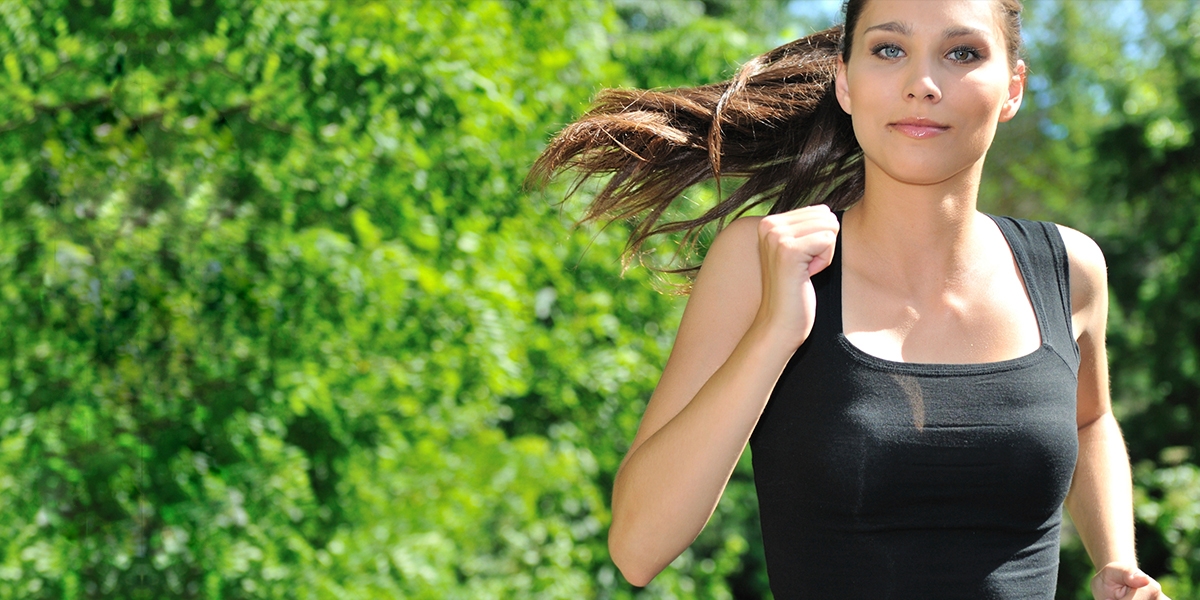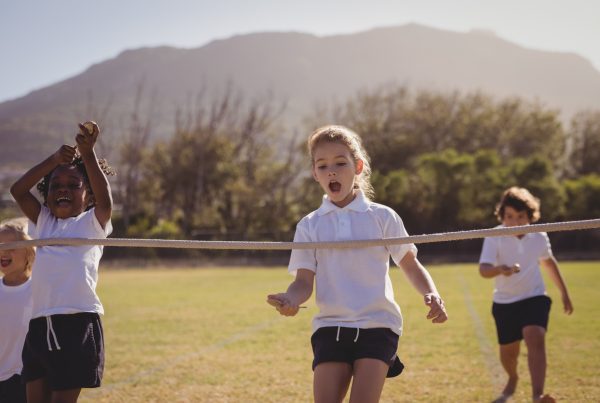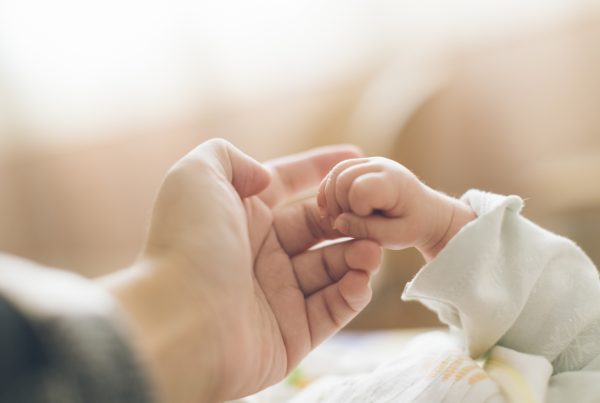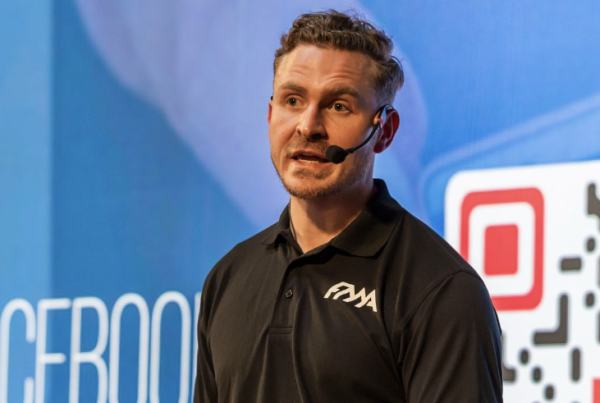From cushions to cobblestones, Georgina Spenceley shares her experience of barefoot running.
An injury waiting to happen?
When barefoot running first became popular, I thought it was something for the eccentric. Let’s face it: you see a man running down the street with no shoes on and you think he’s crazy, been mugged or very forgetful. But step forward a few years and Chris McDougall’s Born to Run had everyone throwing their shoes away and embracing the freedom of naked soles caressing the pavement.
And then came ‘bare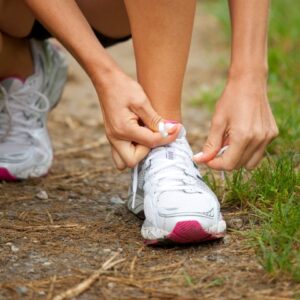 foot shoes’. Though there is method behind the oxymoron, the streets these days aren’t unadulterated trails with nothing but mud and the odd twig to hop over. Tarmac is uncomfortable and potentially littered with dog mess and broken glass.
foot shoes’. Though there is method behind the oxymoron, the streets these days aren’t unadulterated trails with nothing but mud and the odd twig to hop over. Tarmac is uncomfortable and potentially littered with dog mess and broken glass.
However, with this mad rush of people ditching the cushioned heels of yonder years came an influx of injuries. An epidemic, some might say.
Jumping in at the deep end
The trouble is that barefoot running isn’t just something you do. You need to progressively learn it. Earlier this year I found this out the hard way …
Moving from a cushioned shoe with custom orthotics that had forced me to heel strike for half of my running life, I bought a pair of minimalist shoes, put my orthotics in a safe place and started training for a marathon. I was running from scratch again after falling out of love with running following my previous marathon, so I thought it was the perfect opportunity to relearn how to run. Unfortunately, no one told my feet that.
For the first couple of weeks I felt great; but, a few weeks in, I started to get niggles. From shin splints to iliotibial band problems, I kept pushing through – ignoring the pain I was feeling towards the end of my long runs. It was only three weeks before my target marathon that reality slapped me around the face. With a suspected Achilles’ tear, I had pushed it too far. I pulled out.
Compare a human to a horse. Horses have different gears, as do humans. Horses walk, trot, canter or gallop. Humans walk, run or sprint. With increased speed comes increased force, and that results in a different movement and body shape.
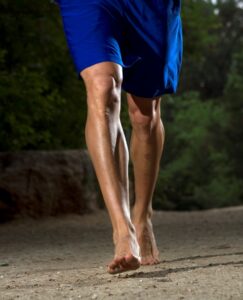 What we have adopted over recent years – and with genius scientists telling us to ‘cushion’ our feet – is the ‘jogging’ gear. When we jog, we create an odd shape with our body and strike the ground with our heels. This creates a transient impact when the heel hits the ground, followed by the rest of the foot. Showing as a spike on a graph before the smooth curve of the foot loading, the impact is around three times your bodyweight. This is like someone cracking you on the heel with a hammer that weighs 180-210kg repeatedly.
What we have adopted over recent years – and with genius scientists telling us to ‘cushion’ our feet – is the ‘jogging’ gear. When we jog, we create an odd shape with our body and strike the ground with our heels. This creates a transient impact when the heel hits the ground, followed by the rest of the foot. Showing as a spike on a graph before the smooth curve of the foot loading, the impact is around three times your bodyweight. This is like someone cracking you on the heel with a hammer that weighs 180-210kg repeatedly.
What went wrong?
So, I changed my shoe. The trouble is, I didn’t really change my shape. Yes, I was no longer striking with my heel, but I was still taking long strides, my centre of gravity was too far back and I was overloading my calves with every step.
Take a step back
This is where learning comes into it. As with weights training, you wouldn’t expect to go to the gym and squat an 80kg barbell on the first go. So why would you take off your shoes and start training for a marathon straight away? It doesn’t make any sense. Barefoot running is great. It’s natural, it encourages you to move more efficiently, strengthens your feet and legs, and can even help prevent injuries. But, before you go out and declare yourself a barefoot runner, you need to work on your technique.
Bio
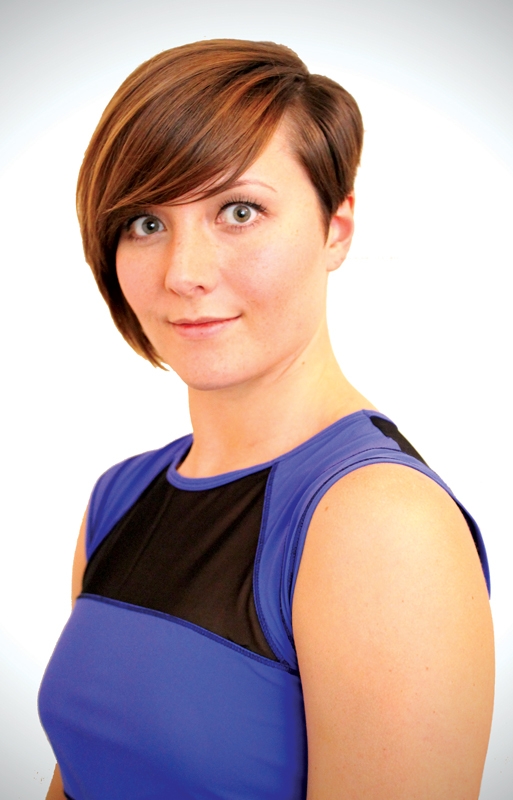 Georgina Spenceley (MSMA) is a sports therapist, health and fitness blogger at Fitcetera, and a freelance writer and member of the Fitness Writers’ Association. A keen runner and triathlete, Georgina has a strong focus on anatomy, physiology, biomechanics and performance. You can follow Georgina on Twitter @Fitcetera and like her Fitcetera Facebook page.
Georgina Spenceley (MSMA) is a sports therapist, health and fitness blogger at Fitcetera, and a freelance writer and member of the Fitness Writers’ Association. A keen runner and triathlete, Georgina has a strong focus on anatomy, physiology, biomechanics and performance. You can follow Georgina on Twitter @Fitcetera and like her Fitcetera Facebook page.


